Wales
In 1955, Cardiff was officially recognised as the capital city of Wales. Unlike England or Scotland, Wales do not have any fixed capital historically. The country was divided among four kingdoms, and the Welsh rulers would maintained a migratory form of government rather than having a permanent political centre.
In the 19th century, Cardiff grew from a small settlement into the largest town in Wales. This growth came from its role as a port for exporting coal from the South Wales Valleys. Despite being usually considered as not Welsh enough in character, due to its long historical occupation by the English, Cardiff was chosen as the capital because of its economical importance.
As a result of its history, most buildings of Cardiff only dates back to the 19th centuries.
Sebastian Pratama
8 chapters
1 Oct 2023
Cardiff
September 10, 2021
In 1955, Cardiff was officially recognised as the capital city of Wales. Unlike England or Scotland, Wales do not have any fixed capital historically. The country was divided among four kingdoms, and the Welsh rulers would maintained a migratory form of government rather than having a permanent political centre.
In the 19th century, Cardiff grew from a small settlement into the largest town in Wales. This growth came from its role as a port for exporting coal from the South Wales Valleys. Despite being usually considered as not Welsh enough in character, due to its long historical occupation by the English, Cardiff was chosen as the capital because of its economical importance.
As a result of its history, most buildings of Cardiff only dates back to the 19th centuries.
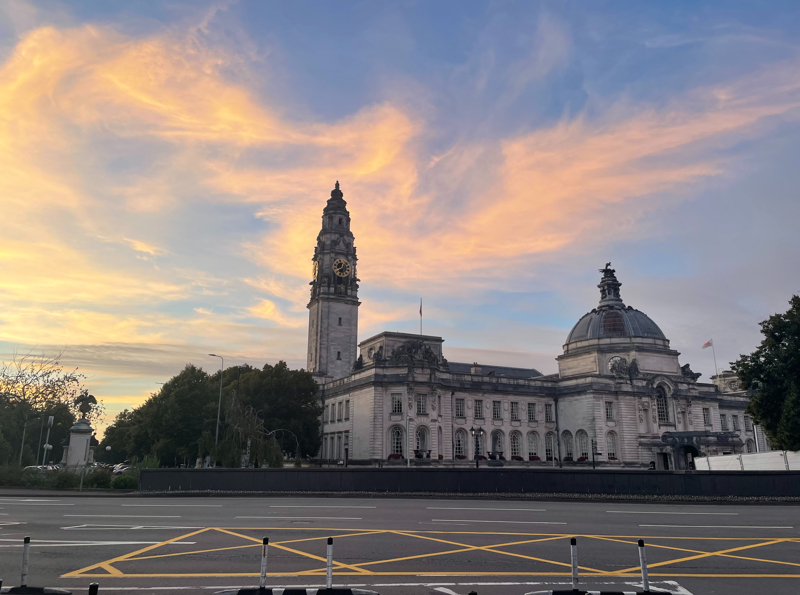
The city hall of Cardiff was built in the Edwardian Baroque style, and it is now the centre of local government and civic life. The hall is commonly used for venues, weddings, and graduations. I would say that the city hall is the most architecturally distinguished building in the city.
The high street in Cardiff Central is filled with 19th century buildings, Local pubs, arcades, and shops fill the high street. Nevertheless, I feel that the city lacks the capital vibes of other major European capitals such as London or Edinburgh. Shops and restaurants are not that abundant, and they close very early. The nightlife is dominated by modern pubs, wild parties, and heavy drinking. This often causes drunks to roam the street, which makes the street quite unpleasant to enjoy.
Nevertheless, the centre is still the cultural heart of Cardiff, and it can be quite enjoyable if you come when the high street is clean and free of drunks.
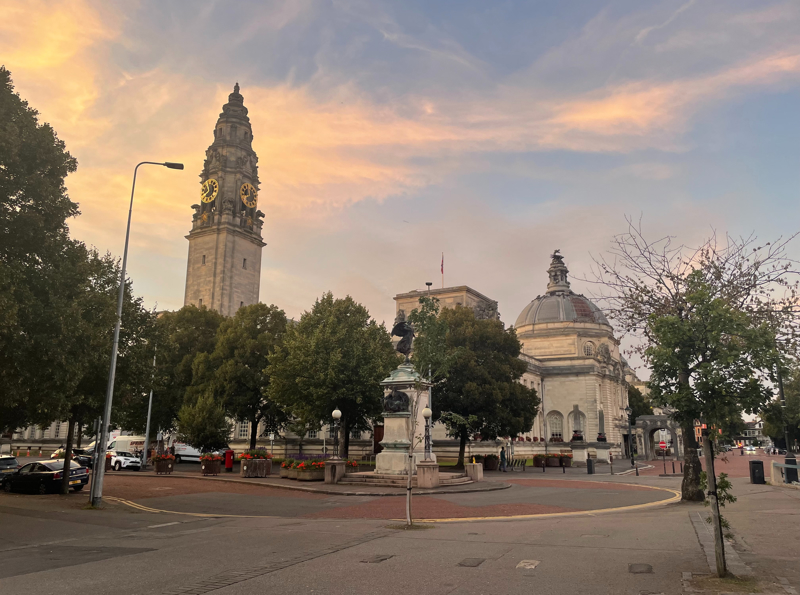


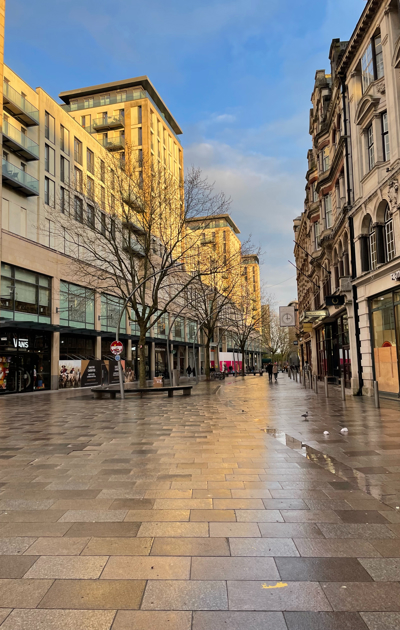
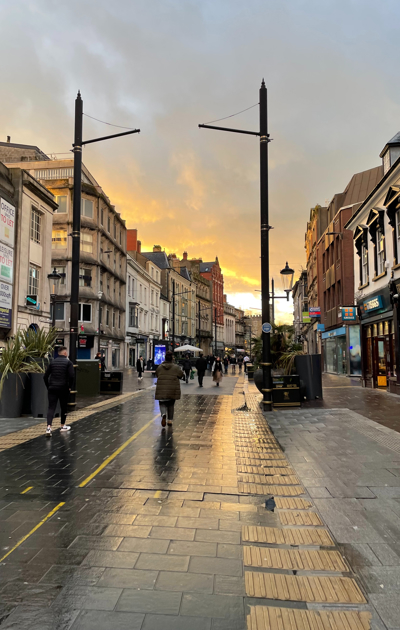
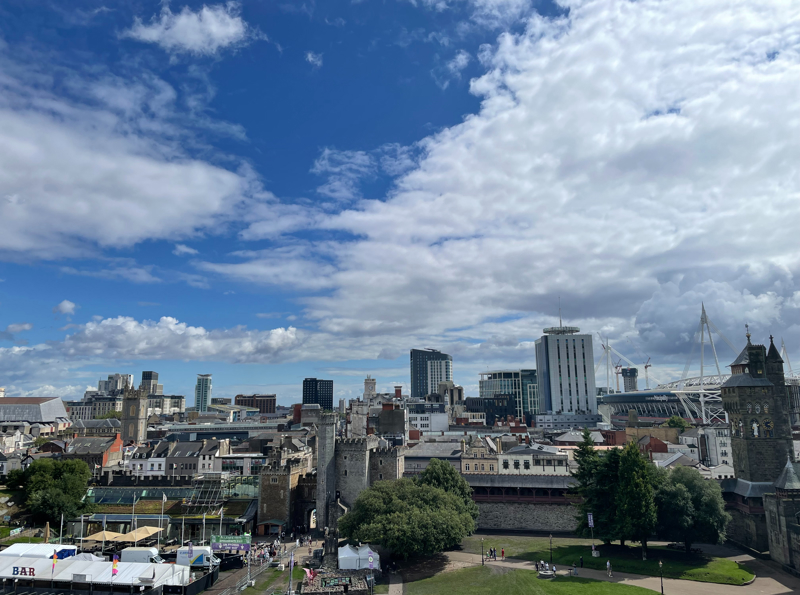

Cardiff Castle
The oldest building in Cardiff is its castle, a legacy of the Norman conquest of the city. After William the Conqueror conquered England, the Normans began to push westwards into South Wales. William I built a motte-and-bailey castle on top of an old Roman fort in Cardiff. The castle was then used as a base by Robert Fitzhamon, the Lord of Gloucester, to conquer Glamorgan from the native Welsh ruler.
Robert Fitzhamon established the Marcher Lordship of Glamorgan, with Cardiff Castle at its centre. As a Welsh Marcher Lordship, the Norman Lord of Glamorgan enjoyed a special privilege to implement his own laws and build castles without direct reference to the Crown. The Marcher Lordships were indeed created by the king to encourage the marcher lords to subdue and contain the Welsh. Cardiff thus grew to become the capital of the expanding medieval Glamorgan.
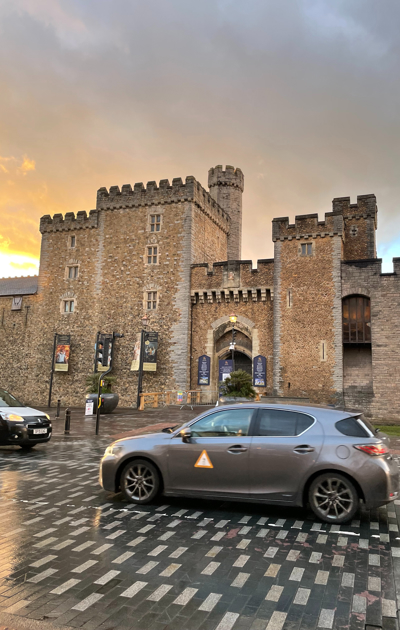

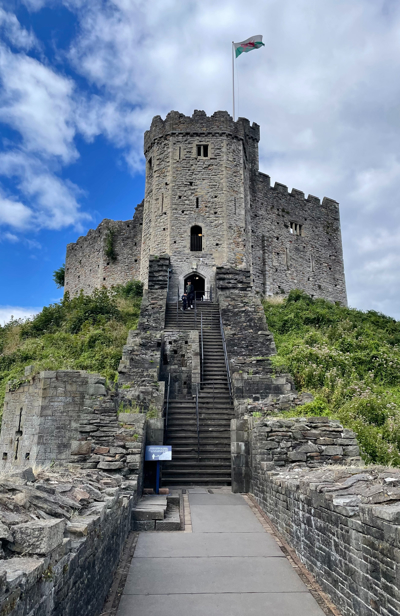
With his special privileges, Robert Fitzhamon further improved the castle fortifications and the medieval town of Cardiff grew from the castle.
When William II died in a hunting accident, the throne of England was contested between two brothers, Henry I and Robert Curthose. The conflict culminated in the Battle of Tinchebray with the victory of Henry I, however, the battle fatally injured Fitzhamon. The castle was then given to his son-in-law, Robert of Gloucester. Cardiff Castle was then used to imprison Robert Curthose for the remainder of his life.
The castle was then re-fortified in stone as a countermeasure against the threat of Welsh uprising. A shell Norman keep was built along with stone walls along the sides of the baileys.
The castle eventually passed on to the de Clare family, who built further defensive structures around the castle, as a response to the Welsh revolt led by Llywelyn ap Gruffudd.
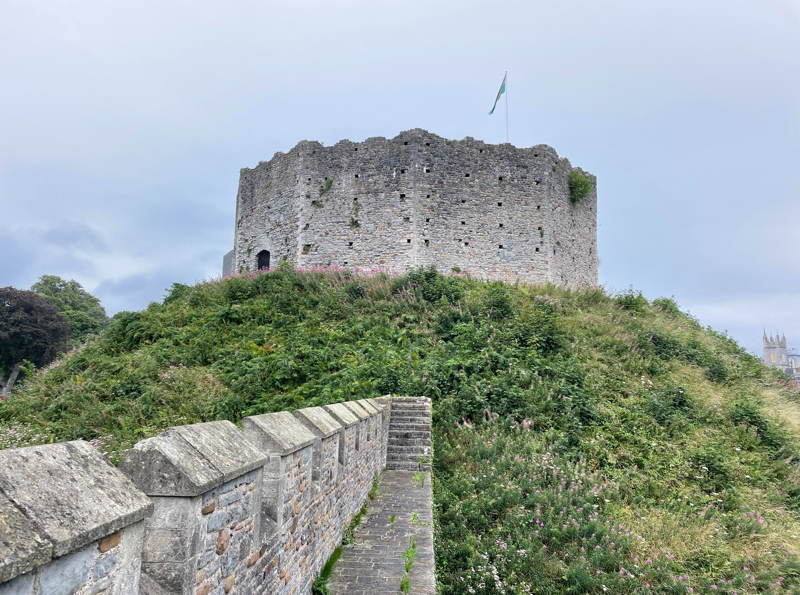
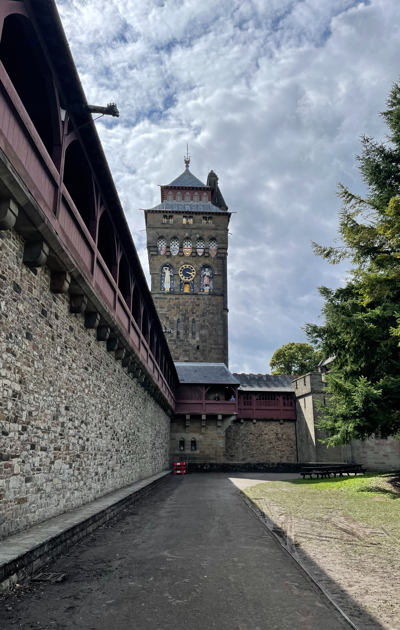
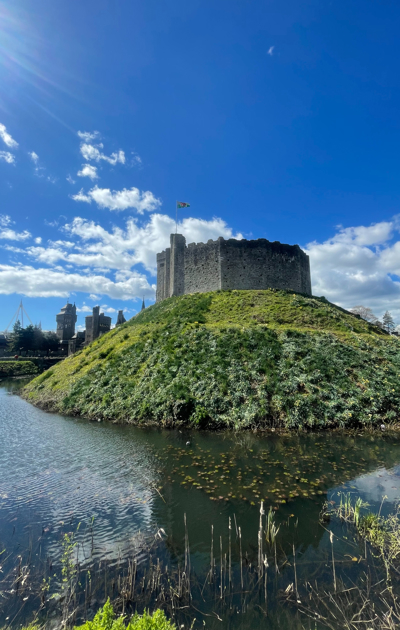
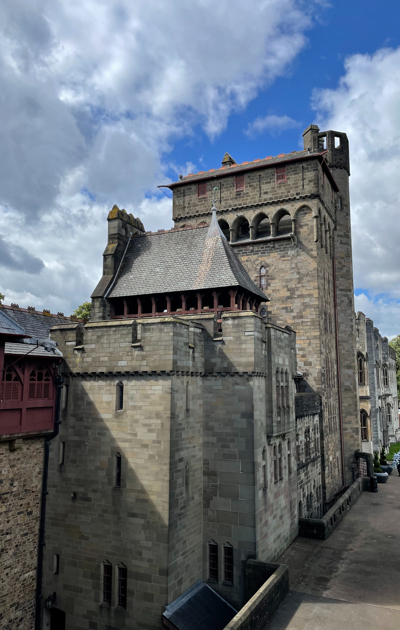
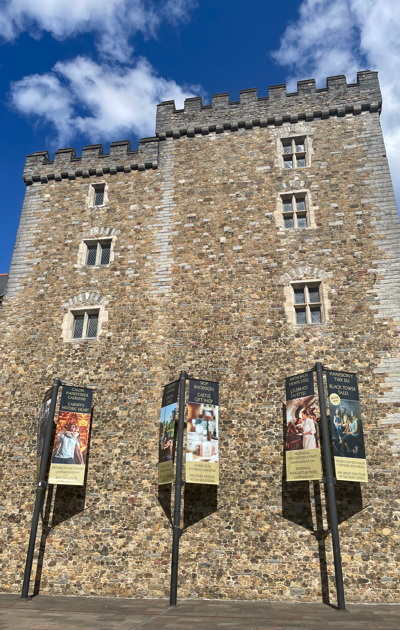
In the 14th century, Cardiff Castle was a symbol of English power over South Wales. The castle was a major target during the great Welsh uprising led by Owain Glyndwr against King Henry IV. Glyndwr and his rebel armies burnt the city and heavily damaged the castle. The castle was further damaged during the English Civil War, and the use of gunpowder left the keep badly damaged.
Cardiff Castle eventually fell to the possession of the Marquess of Bute. The Bute family brought prosperity to the city by making Cardiff a port for coal export. The Bute family not only transformed the castle, but they also changed Cardiff from a small town into one of the world's busiest port. With their newfound wealth, the Bute family transformed the castle into a Georgian Gothic mansion. The immense wealth of the Bute family enables the design of the extravagant interior of the mansion. The jewel in the castle is the Arab Room, an opulence ceiling inspired by Moorish architecture.
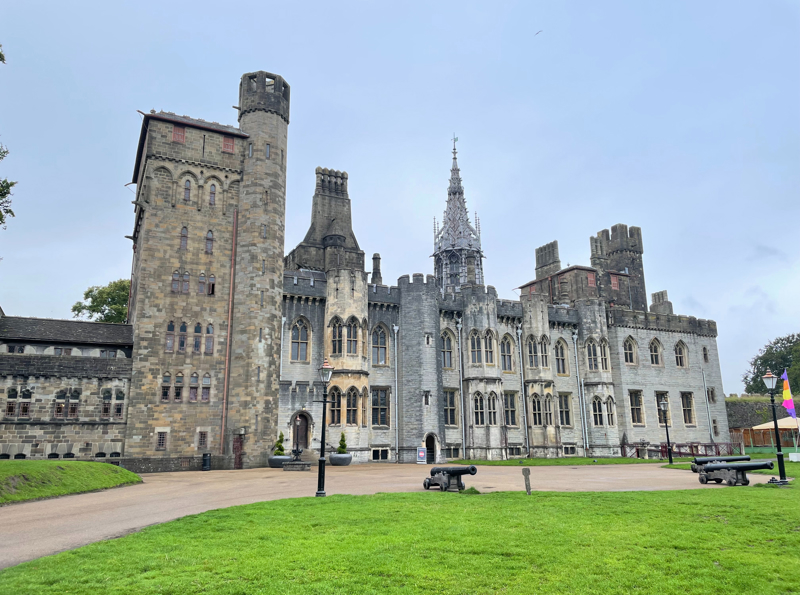

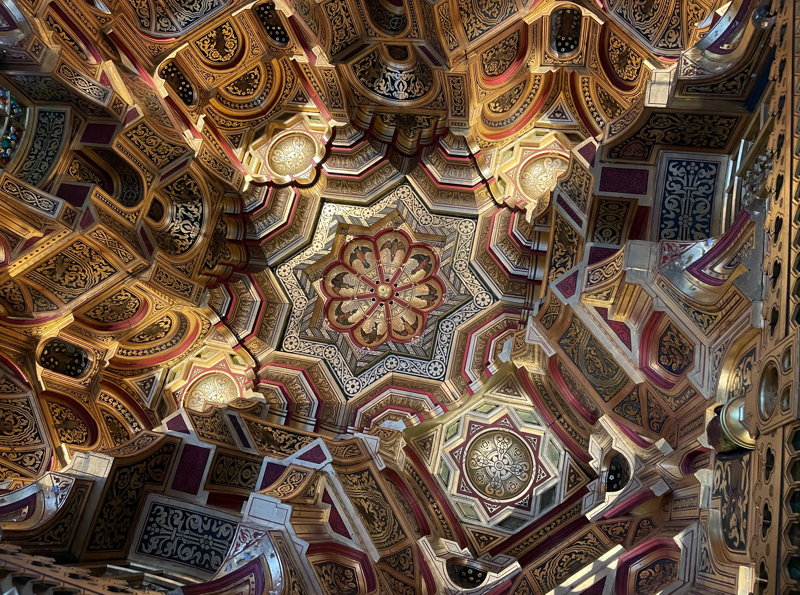

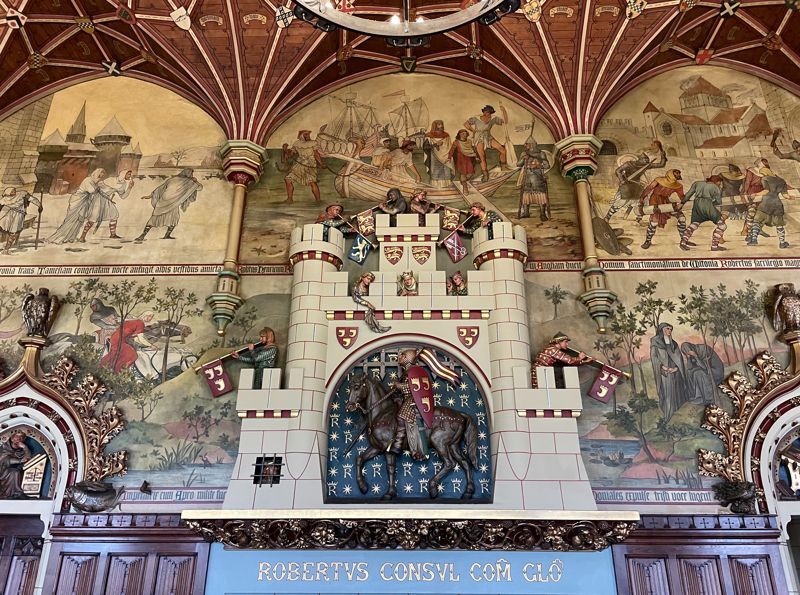
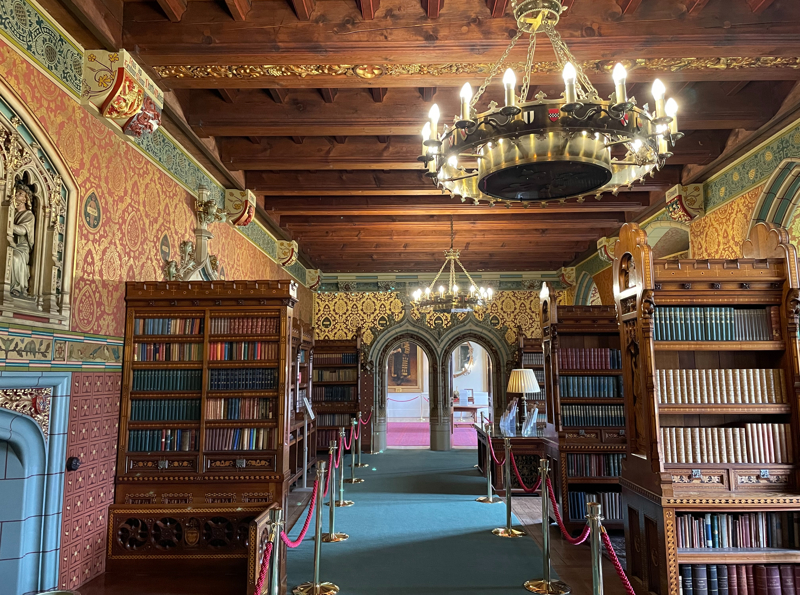
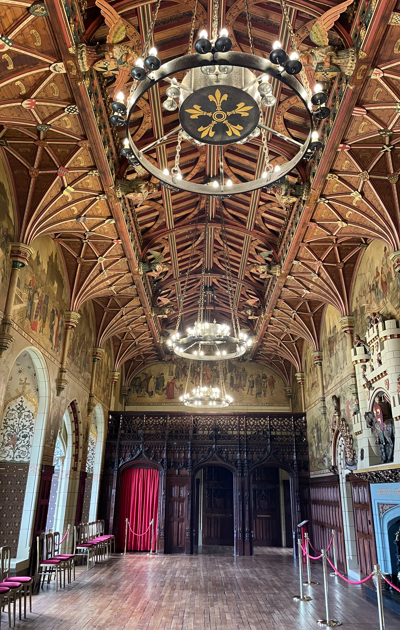
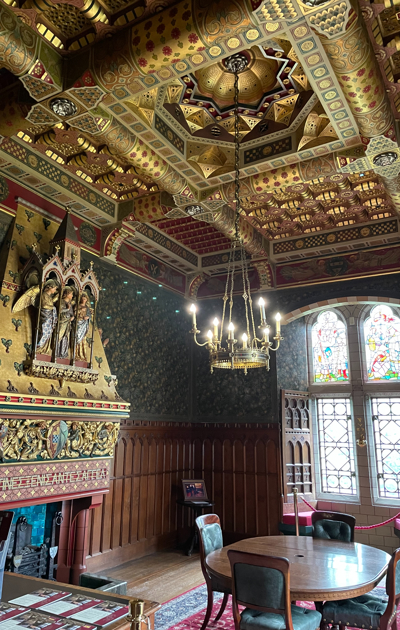

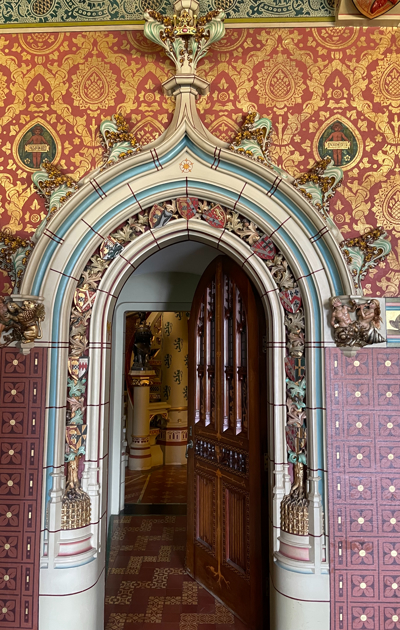
Cardiff Arcades
Cardiff is known as the City of Arcades, as the city has the highest concentration of Victorian and Edwardian shopping arcades in Britain. These arcades are nestled in the city centre, and they form a unique and iconic part of Cardiff.
The largest arcade is the Central Market, which was built in a Victorian style. The market has a lot of small shops, bakeries, and restaurants. However, they tend to close very early and the market is closed on Sundays. I think they need a bit of revitalisation to make the market more lively.
The most beautiful arcade in my opinion is the Castle Arcade. It is a beautiful Victorian arcade that runs from the opposite of the castle entrance to the High Street. Other notable arcades include the Royal Arcade, the Morgan Arcade, and the Wyndham Arcade.
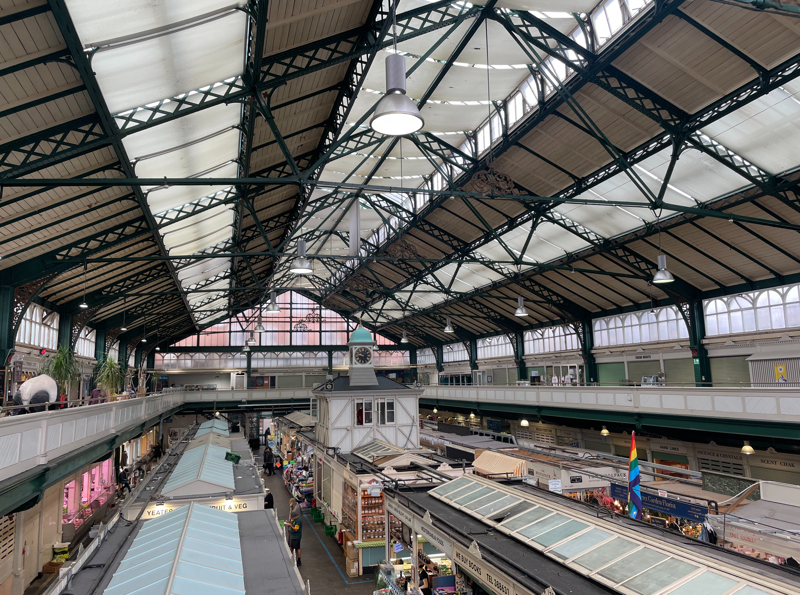
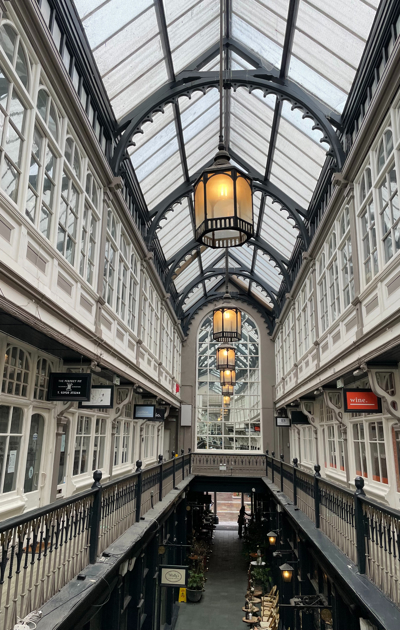
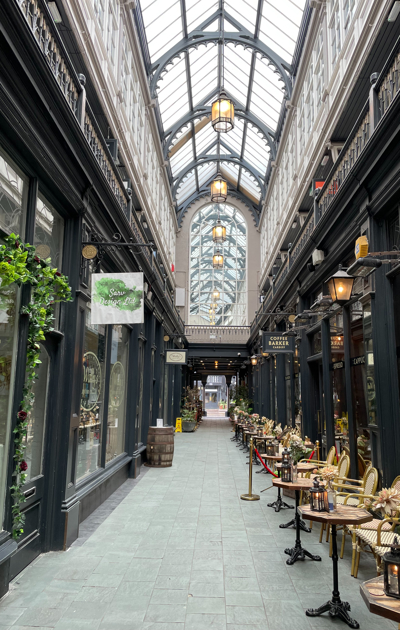
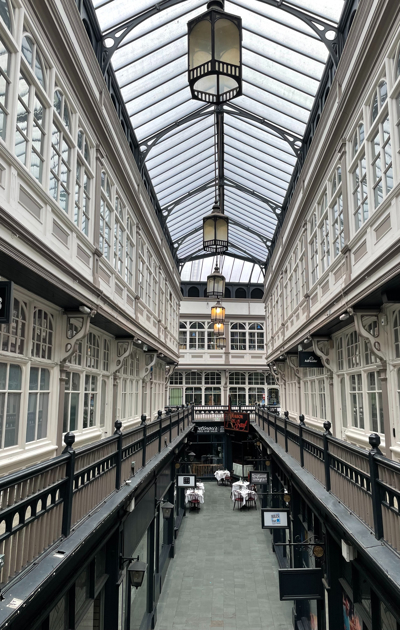
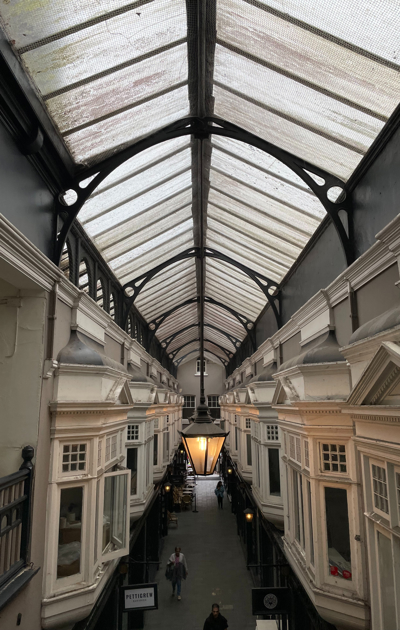
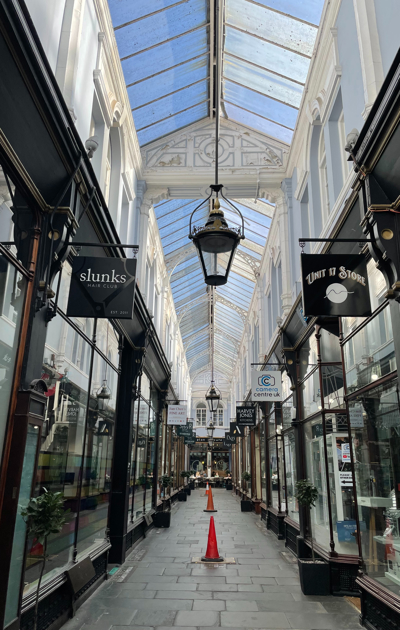

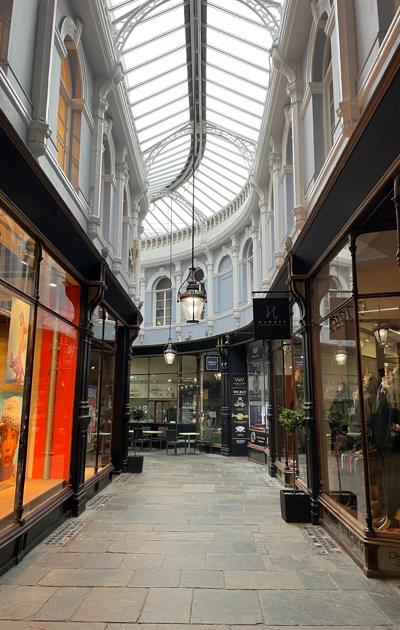

Cardiff Bay
Cardiff Bay is a former tidal bay located in the mouth of the River Taff. The docks of Cardiff Bay once brought prosperity to the city through coal export. After World War II, the coal industries declined and the area became neglected. The government then redeveloped the area by transforming the tidal bay into a permanent freshwater lake and revamping the derelict docklands. The regeneration project was quite successful, and now Cardiff Bay is home to many institutions of the devolved Welsh government.
A notable building in the Bay is the Pierhead Building, which once served as the headquarter for the Bute Dock Company. The Pierhead was built in a neo-Gothic architecture, and its presence in the bay has slowly become an icon of Cardiff. The clock tower of the Pierhead is also unofficially called the Baby Big Ben of Wales. The Pierhead is now part of the estate of the Welsh Parliament.
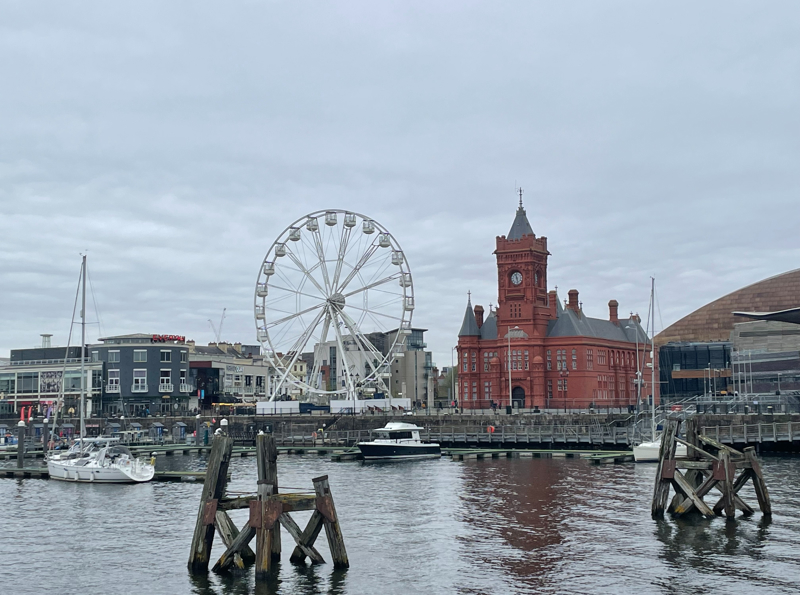
Share your travel adventures like this!
Create your own travel blog in one step
Share with friends and family to follow your journey
Easy set up, no technical knowledge needed and unlimited storage!